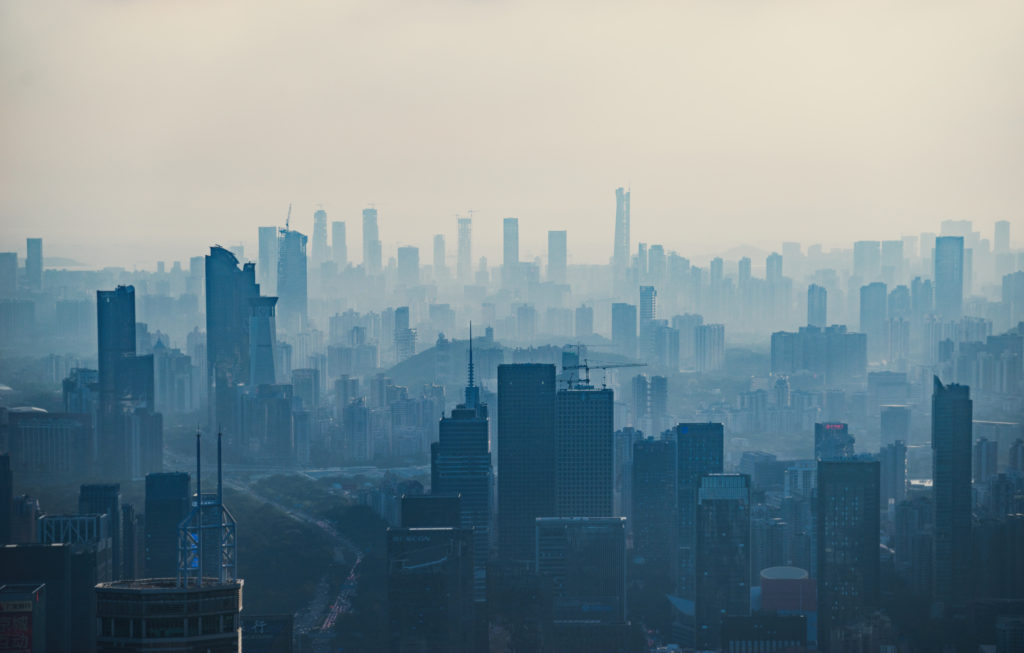
China’s massive steel sector not only drives the global overcapacity problem, it also contributes mightily to carbon emissions.
Remember 2009?
Barack Obama was newly sworn-in as president. FarmVille launched on Facebook, and Jersey Shore first premiered on MTV. Speaking of MTV, that was the year Kanye West interrupted Taylor Swift during her VMA speech.
And 2009 was also the year that AAM put out the report “An Assessment of Environmental Regulation of the Steel Industry in China.” The 106-page document chronicled China’s “ineffective enforcement of weak pollution-control standards, its failure to use adequate pollution-prevention measures, and the resulting high levels of pollution.”
A lot has happened in the global steel industry since then.
China’s steel production has only increased, with the country now controlling half of the world’s steel capacity and driving a global overcapacity problem. That led the Obama administration to impose big tariffs (up to 620%!) on specific steel products; the Trump administration eventually imposed “Section 232” tariffs on all steel imports to safeguard America’s steel industry, which is critical to U.S. economic and national security. While tariff adjustments have been made for some allies, Section 232 remains in place.
While Section 232 has been a huge development in the global industry, it was a response to the issue of overcapacity. Many of the environmental concerns about China’s steel industry that we first raised back in 2009 remain.
In fact, the problem really has only gotten worse.
China produces over 60% of the global emissions from steel plants. About 15% of the country’s total emissions come from steel and the sector is heavily reliant on coal as a power source. China’s overall greenhouse gas emissions exceed those of the United States and other developed nations combined. China’s government has repeatedly promised to reduce emissions from its steel industry, but without avail. In fact, the government recently pushed back a goal of reaching “peak emissions” in the industry.
Which leads us to this week, and a rather big scoop from the team at Bloomberg. It seems the United States and European Union may be working on a new set of tariffs on Chinese steel (and aluminum) to target carbon emissions:
The US and the EU are weighing new tariffs on Chinese steel and aluminum as part of a bid to fight carbon emissions and global overcapacity, people familiar with the matter said.
The move would mark a novel approach, as the US and the EU would seek to use tariffs — usually employed in trade disputes — to further their climate agenda…
The new framework, which builds on a related US-EU agreement last year, is mainly aimed at China, the world’s biggest carbon emitter and producer of steel and aluminum, as well as other large polluting nations, the people said.
The Bloomberg article notes that there’s a long way to go to get something on the books here, with action “not likely until late next year at the earliest, one of the people said, adding that even that timeline was optimistic.” And without any specifics, it’s hard to decipher what the impacts may be for America’s steel and aluminum industries.
But it is worth noting that the cooperation between the U.S. and EU in this area is a signal that the allies are working together to take on some of the fundamental global challenges posed by the Chinese Communist Party (CCP). It’s an especially good sign given recent trade tensions between the U.S. and EU over the Inflation Reduction Act, which the EU (quite wrongly) has complained about.
It’s pretty clear that the status quo isn’t going to lead a CCP-led China to change its ways. But climate change is a real problem, and one that cannot be properly addressed unless China reduces its carbon emissions, and that can’t happen unless China reduces the pollution emitted by its steel industry.
We’ll be keeping a close eye on this new “climate-based tariff” effort as it moves ahead, and encourage U.S. and EU officials to work together to take on the many threats, including to the environment, posed by the actions of China’s government.
